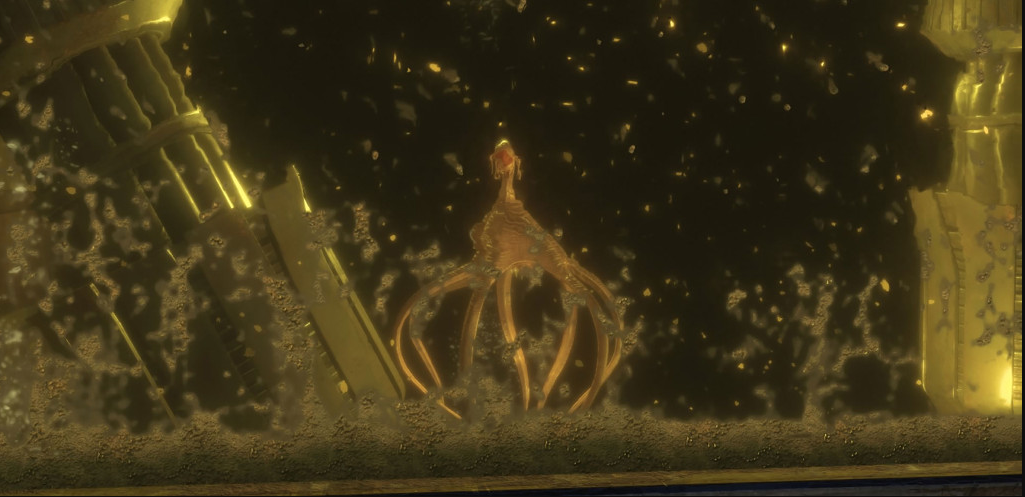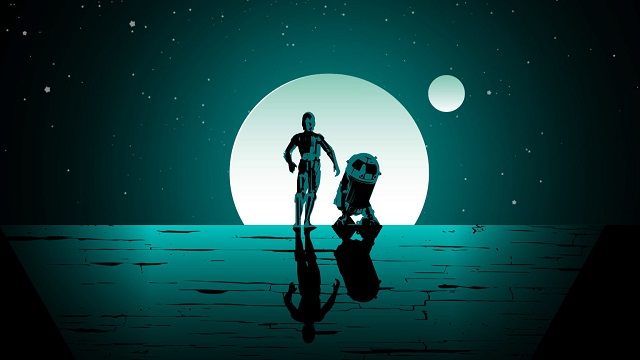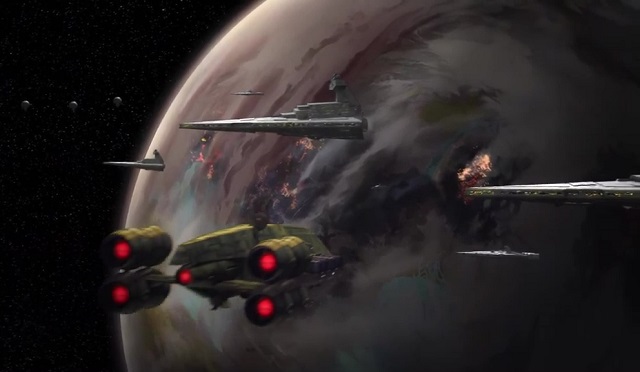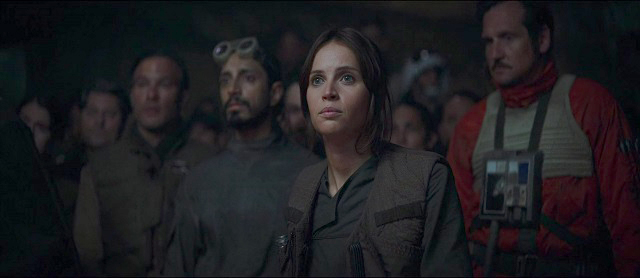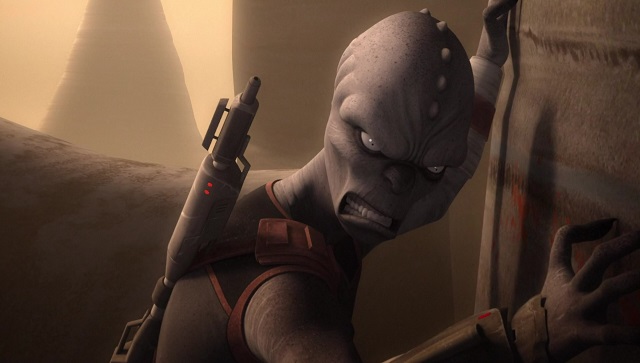
Call it a reference, call it stealing, or lazy, or being “inspired by”, one fact cannot be denied: Star Wars loves its homages. From whole plots, to character archetypes, to vehicle designs and dialogue, you can see the collage of homages built into Star Wars’ DNA right from the first frames of the first movie. As time has gone on, those homages have expanded to include Star Wars material itself. The breadth of Star Wars material is so vast, that it can successfully draw from other places within the multimedia empire to lend inspiration, or just pirate ideas wholesale. So, in lieu of doing a deep dive into Kanan and Hera’s ever-evolving relationship or how the Loth-wolves represent the same mystical elements of the Force that the Bendu did last season, we’re going to talk about something everyone loves to debate: whether the homages within these last two episodes are valuable, or just creative ripoffs used to get old-school fans to sit up and take notice.
Star Wars Rebels is an odd show from a creative standpoint. The creative team is made up of people who grew up watching and reading about Star Wars rather than creating it themselves, so of course they try to slip in references both direct and indirect to stories and characters that they grew up with but, until now, haven’t been elevated to the same level as the film canon. We see this most blatantly with Thrawn’s inclusion, but once Thrawn is in the mix it’s only a matter of time before other elements of his trilogy begin to creep their way into the show as well. Ladies and gentlemen, from stage left and voiced by the fan-favorite Warwick Davis, please welcome Rukh to the spotlight.
Now, let’s make one thing clear from the outset: the Rukh from Rebels is not the same as the Rukh from the Thrawn trilogy of books. For one thing, the Noghri are a very different race in the show than they are on paper. Gone, for instance, is their comic book-level ability to smell all the way back through people’s bloodlines just by sniffing their hand, replaced with a heightened sense that is believable but still alien. Rukh from the books was a personal bodyguard of the Grand Admiral who never left his side, while this Rukh (from what we’ve seen so far) is more of a freelance assassin and tracker, the sort of troubleshooter that someone in Thrawn’s position might use to do the dirty work he can’t put on the books. Read More
